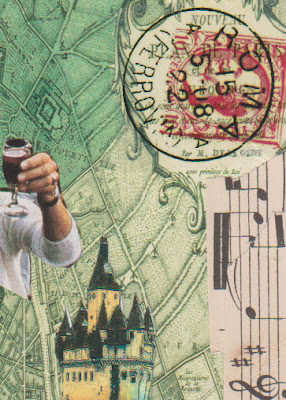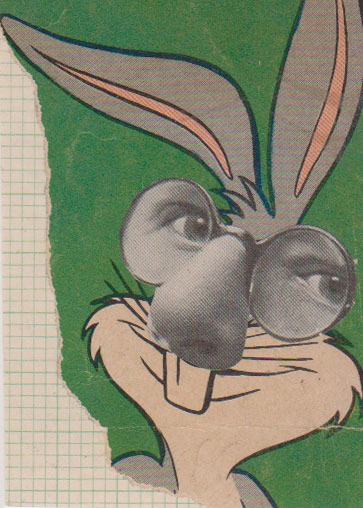I fancy myself as a bit of a collector of art. Let's face it, money burns a hole in my pocket when I'm faced with a piece I love. Unfortunately, having a few spare dollars doesn't always coincide with a 'must have' moment. In those rare times when I've had a few wins, or sales, and my 'art' account is looking relatively healthy, I indulge myself. Perhaps you'd like to see a few. I'll start with some of my Aboriginal Art.
 |
| AWELYE - Betty Mbitjana |
Betty Mbitjana was born in Utopia, NT circa 1945. She is the daughter of renowned artist Minnie Pwerle. Betty paints the awelye, bush berry, and body painting motifs. Betty’s paintings depict the designs that the women would paint on their bodies, and the dancing tracks which are made in the sand during women’s (awelye) ceremony. Through their awelye ceremonies, women pay homage to their ancestors, show respect for their country and dance out their collective maternal role within their community. A design based on these dancing tracks is painted on women’s bodies before a ceremony is performed, and this same design can be seen today in Betty’s works on canvas and in the works of her mother, sisters, and aunts. Ochre, charcoal and ash are all used to paint designs on the women’s upper bodies, and Pwerle women paint their chests, breasts and upper arms for awelye in ochre, red and white. The designs they use have been passed down for many generations, and only the Pwerle or Kemarre owners can paint them.
 |
| AWELYE ATNWENGRRP - Emily Pwerle |
Emily, when only in her early 80s, began painting in 2004 after being encouraged by her older sister, Minnie. Emily instantly took to painting on canvas, applying many layers of acrylic paint in linear brush strokes, creating dense patterns of colour which represent the body paint women apply to each other during traditional bush tucker ceremonies. To the women these works are spiritually relevant, paying homage to their ancestors and the land that provides them with life. To the general viewer, the work is a mass of moving colour, carefully orchestrated to guide the eye across areas of dense abstract beauty on the canvas. Emily’s work has been exhibited & represented in several fine art galleries across Australia, as well as in New York, London, Paris & Seoul.
 |
Kudditji Kngwarreye with his painting, now framed and on my wall.
|
Paintings by the eighty seven year old legend Kudditji are hot property right now, both in Australia and internationally. Like his half sister Emily Kame Kngwarreye, Kudditji (pronounced goo-beh-chee and called Goob), seems set to take his place as one of Australia's foremost indigenous artists.
Born around 1925, he began painting around 1986, he was encouraged to paint in the fashionable style of the time, executing works with detailed infill. Some years later he came to find his current style of abstract imagery, bold colour use and intuitive interplay with space and form.
Now Kudditji's Dreamings have profoundly evolved into extraordinary juxtaposed colour fields, startling in both composition and hue. Harsh or soft and often surprising to the Western eye, his painterly style maps out the creation, his country, and his traditional Dreamings. While his spatial, painterly compositions have a Rothko-esque quality to them, the work of this Anmatyerre elder from the Northern Territory is clearly a unique Australian voice. His highly intuitive and gestural method of painting together with his vibrant, colour saturated spaces is ground-breaking in Aboriginal art, and although he is already well collected it is felt by many industry insiders that his work is poised for a major market leap.
It's blatantly obvious that I really like colour and mark-making isn't it?
Next time I'll show you some work by local Sunshine Coast artists, so don't go too far.




























